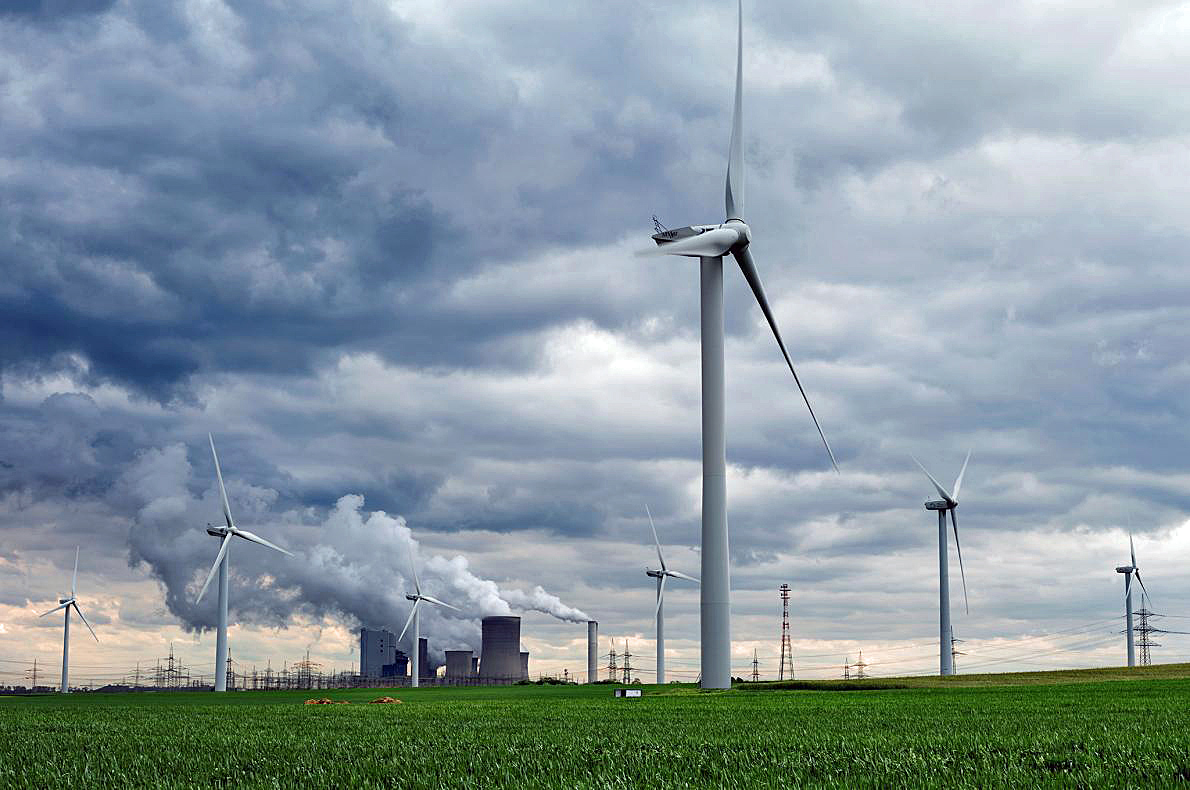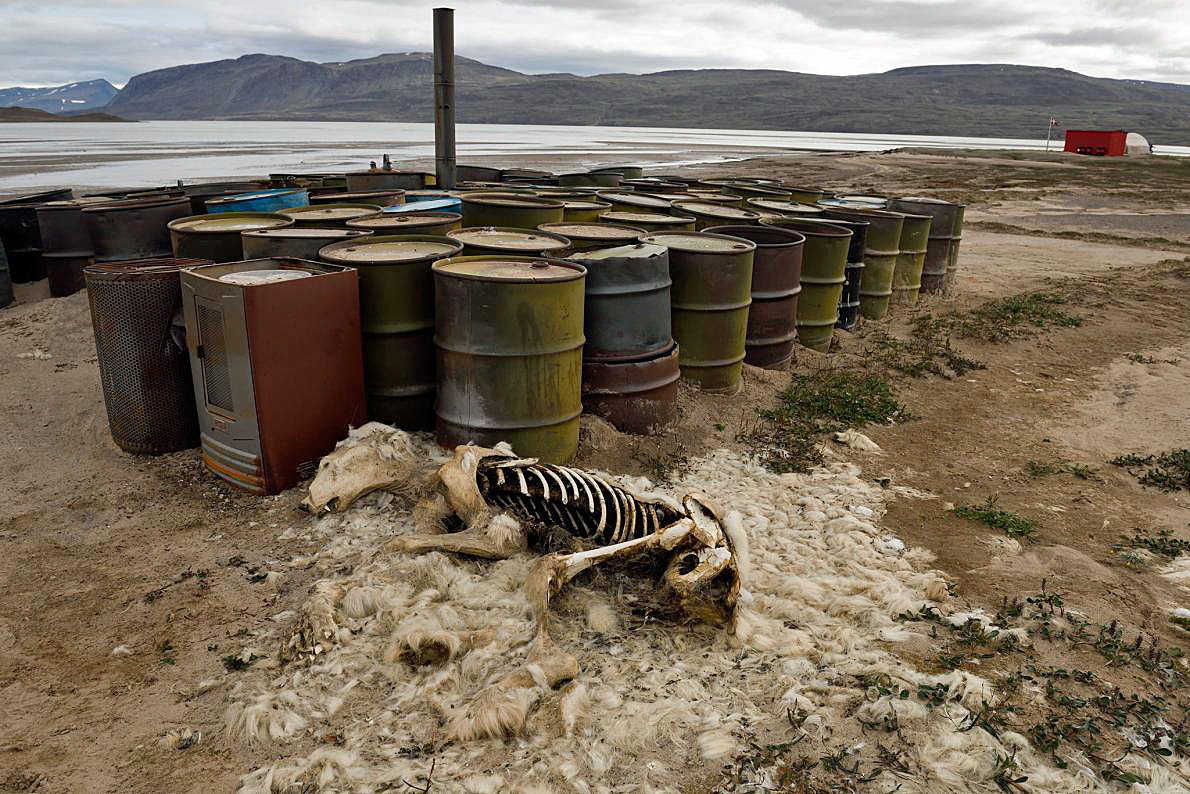PBS: Escaping Eritrea … [Read More...] about ካብ ውሽጢ ቤት ማእሰርታት ኤርትራ
WHAT YOU NEED TO KNOW ABOUT THE PARIS CLIMATE TALKS
More than 130 world leaders. About 40,000 people. Paris. These next two weeks are among the most important ever in guiding the planet’s future.

World leaders began assembling in Paris Monday to try to do what they haven’t been able to for two decades: steer the world away from climate disaster. Here is what you need to know to understand two of the most important weeks in our planet’s future.
What are the Paris talks? Why are they being held? Who is there?
Representatives from 195 countries and the European Union, including more than 130 heads of state, are gathering with a mission: Stabilize greenhouse gases before they cause dangerous, irreversible harm to the planet. Scientists warn that letting temperatures rise more than 2 degrees Celsius could spark devastating changes. Some argue that even 2 degrees is too risky, calling such a ceiling “dangerous and foolhardy.” Others say reaching such a cap is all but impossible.
No problem, right?
France expects 40,000 people to attend, including activists, business leaders, city officials, and thousands of journalists. For two weeks, through speeches in auditoriums and in huddled whispers in crowded hallways, delegates and leaders will prod and push one another. They will parcel out blame and accept responsibility for fossil fuels that are damaging the planet. And they will try to hammer out a global agreement on how much to cut greenhouse gases.
Why should I care what happens there?
Few meetings actually have the potential to affect everyone on the planet. This one does. As more emissions from coal, oil, and natural gas reach the atmosphere, sea level rise is accelerating, posing risks to coastal cities. Hurricanes and other extreme weather events are becoming more frequent and ferocious. Rising temperatures promise to wither crops and threaten water supplies for millions, upending the stability of global food systems. Ice loss in the Arctic is changing what and where creatures live in the sea, and opening once-frozen waters to shipping and exploration. Plants and animals are migrating to new places, exposing creatures to new diseases, some of which will reach humans.
“Few meetings actually have the potential to affect everyone on the planet. This one does.
Reducing global emissions could rearrange the global economy, and change where we get our food, how we get from place to place, even where and how well we live. Curbs on emissions–or a lack of such cuts–could alter geopolitics. How, for instance, would oil-rich Middle East countries fare in a less carbon-based economy?
How did we get here?
The Paris meeting is the result of a global treaty signed in 1992. Each year since 1995, representatives from the world’s countries have met but they have failed to produce a true global plan to reduce emissions. The effort came close, twice. The first treaty, the Kyoto Protocol, was established in 1997 and ratified by most nations in 2005, with one significant exception: The United States, which refused because emissions cuts were only required of developed nations and they would have been legally binding. Then, in 2009, in Copenhagen, countries agreed that rising temperatures must be capped but they did not produce actual plans for achieving emissions cuts.
What have countries done already in preparation for Paris?
Global leaders have promised to develop voluntary plans putting each country on a path to reducing CO2 and other gases. And most did. In recent months, 161 countries, representing 93 percent of global emissions have submitted plans. Some, not surprisingly, are better than others.

How close to the goal do these plans get us?
Nowhere near close enough. One analysis, by a team of scientists in Germany, found that if current pledges are followed they could limit warming to just under 5 degrees Fahrenheit, or about 2.7 degrees Celsius by 2100. Another, by scientists with the Massachusetts Institute of Technology, suggests current proposals would more likely lead to a 6.3-degree Fahrenheit increase, a rise of 3.5 degrees Celsius.
Wait. So is that good news or bad news?
It’s both. For the first time ever, it appears, almost all of the top polluters are making plans for a cleaner energy future. The top three – China, India, and the United States – have pledged substantial changes, which could drive down prices for renewable energy, making it easier for solar and wind power technology to spread. After 23 years of effort, that’s big. An agreement of any kind sends energy markets a message about where countries are headed. That could encourage investors to put more money in clean energy sectors. By one measure, says Taryn Fransen, with World Resources Institute, that could reduce emissions another 10 percent more than national pledges alone.
In addition, these are inherently political documents. That means new climate-friendly leaders in Australia and Canada may strengthen pledges from those countries.
And the bad news is?
Well, the difference between 2 and 3.5 degrees Celsius, in terms of climate, is not a tiny bit–it’s humongous. Not only could that mean several more feet of sea level rise, but also more flooding and drought, more starvation, and more migration, wildfires, and extreme weather. “We need to get every bit we can because all those bits add up to an immense amount of human misery,” says Michael B. Gerrard, a climate policy expert at Columbia University Law School.
“The difference between 2005 and 2017 is that climate change is now a geopolitical issue of the first order.
Alden Meyer, Union of Concerned Scientists
Equally important is pace, and experts fear we’re already moving too slow. Scientists remain quite uncertain about when the climate system could reach thresholds that can spur changes to speed up and become unstoppable. Some experts already suspect the melting of the West Antarctic ice sheet may be irreversible.
How do we know the countries will do what they’ve promised?

Unfortunately, we don’t. All these pledges are just that. Unlike Kyoto, these plans are voluntary. That means there’s no guarantee that an economic downturn won’t drive countries back to cheap oil. It’s not even clear if some countries will be able to achieve what they set out to in their pledges. Will a new United States president, who will take office in 2017, abandon Barack Obama’s plans? Still, many experts say the political momentum is impossible to ignore. “The difference between 2005 and 2017 is that climate change is now a geopolitical issue of the first order,” says Alden Meyer, with the Union of Concerned Scientists. “The consequences of a new administration disavowing our pledge would be pretty devastating on the world stage. The U.S. would be seen as a rogue nation.”
So, if the pledges are in, what’s left to argue about in Paris?
Plenty. For starters: What happens next? Right now, most pledges only extend to 2025 or 2030. Negotiators, led by France and China, are moving to convince other countries to commit to ratcheting down their proposals far more – and quickly. They want countries by 2020 to submit new plans that take into account new technologies and the new economy around clean energy. They want to encourage bolder, tougher pledges to scale back emissions far more than pledges would today. The hope: That this new round of plans could bring the globe even closer to the 2-degree goal.
“In the real world, the price of solar and wind already have dropped dramatically,” says Jennifer Morgan, international climate expert with World Resources. “And countries that are getting some experience implementing climate policies are becoming much less nervous about whether they have to choose between climate and economic growth. You see a greater sense of being able to achieve both.”
But who pays for all of this?
That, too, is still under debate. Consider India, where 300 million people still have no electricity. The country wants to invest massively in energy from the sun, which could ease its reliance on coal and drive down solar prices for everyone. It has committed to doing some of this on its own, but pledged to do more if it receives outside financing. Following previous meetings, countries pledged to create a $100-billion-a-year fund by 2020 that developing nations could use to transition to cleaner power or adapt to climate changes. As of last year, commitments had reached $62 billion. China is offering another $3 billion.
But there are other issues, too. Some harm from climate can’t be mitigated. Some small island nations are literally drowning, for example, as seas rise. Entire countries may have to relocate. Developing nations insist wealthy countries, whose emissions are causing the problem, must pay part of the bill. Some richer nations may simply refuse. Other leaders aren’t sure they can convince their own citizens. Some worry smaller countries with weak governments will siphon money to corrupt politicians. This type of compensation is one of the thorniest unresolved issues in Paris.
What else will be discussed?
There is no shortage of other issues. Given that the second-largest source of human-caused greenhouse gas emissions is land-clearing and agriculture, negotiators also will be working on forest issues. That includes a program for developed countries to pay poorer nations to keep carbon stored in forests rather than convert them to farms or cattle ranches. A global group of mayors representing more than 200 million people has been crafting an agreement allowing cities to commit to reducing emissions far more than their countries have pledged.
And, of course, countries themselves still are debating precisely what part of any accord will be legally binding – and how any of it will be enforced.
Imagine 195 countries arguing over a legal document. For two weeks. What could possibly go wrong?
